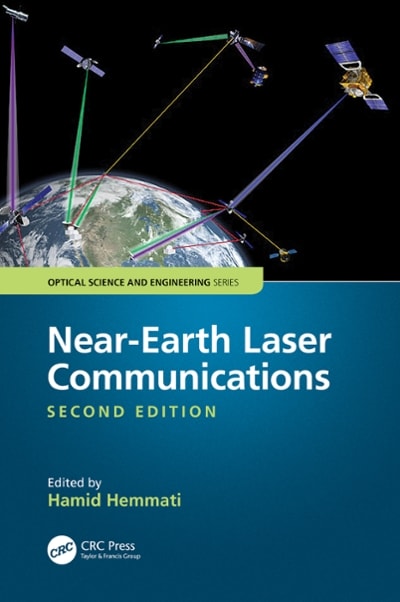Answered step by step
Verified Expert Solution
Question
1 Approved Answer
In the top right-hand corner of the screen, click and drag the measuring tape into the simulation. 2 You can move the tape in and
In the top right-hand corner of the screen, click and drag the measuring tape into the simulation. 2 You can move the tape in and out by clicking and dragging the plus symbol (+) at the end of the tape. Without moving the frequency slider, click the "pause" button at the bottom of the screen, and use the tape measure to measure the wavelength (distance between the center of two adjacent ripples) of the ripples. 5. What is the wavelength of the ripples? Now, using the formula v = f , calculate the speed of the ripples. 6. What is the ripple speed? Show Work. B. Sound Wave Simulator Now click on the speaker under the Amplitude slider. You should now see a speaker producing sound waves on the screen. 7. What happens to the sound waves as you adjust the "Frequency" and "Amplitude" sliders beneath the speaker? 8. Are the results different than when you did the same thing with the water faucet and ripples? Now, set the amplitude slider all the way to the right (maximum amplitude), and set the frequency slider all the way to the left. You should still be able to see sound waves moving away from the speaker on the screen. If you look just under the Amplitude slider, you will see buttons labeled "Waves," "Particles," and "Both". "Waves" should be selected (and you should be seeing sound waves moving across the screen. Click the "Particles" button and observe what happens. 9. Can you still see the wave moving through the particles? How does the wave affect the 3 [work] behavior of the particles? Click the "Waves" button again and move the frequency slider as close to the center as you can. Use the stopwatch and measuring tape to measure the frequency and wavelength of the sound wave as you did for the water ripples in questions 3, 4, and 5. Be careful about the units here! The time on the stopwatch is given in milliseconds (0.001 s), not seconds. 10. Time for 10 waves? 11. What is the frequency of the sound waves? Show Work. [work] 12. What is the wavelength of the sound waves? Now, using the formula v = f , calculate the speed of the sound waves. You will want f in Hz (s- 1) and in m. 13. What is the sound speed? Show Work. 4 [work] 14. How does this compare with the speed of sound given in your textbook (340 m/s)? Now add a single slit by clicking the "Slits" option at the bottom screen. You can move the slit by clicking and dragging the barrier back and forth across the wave screen. Move the slit barrier to the middle of the screen. Set the frequency slider to the middle (medium frequency) and observe the wave pattern that emerges to the right of the slit. 15. Describe in detail the wave pattern you see to the right of the slit for the medium frequency. ( Provide a description and supplement with a Sketch or a screenshot) Now move the frequency slider all the way to the right (high frequency) and observe the wave pattern to the right of the slit. 16. Describe in detail the wave pattern you see to the right of the slit for the high frequency. ( Provide a description and supplement with a Sketch or a screenshot) 17. How are the patterns you observed for the medium and high frequencies different? In the lower right corner of the screen is a slider labeled "Slit Width". The slit width can be changed from 20 to 160 cm. Set the frequency slider in the middle (medium frequency) and set 5 the slit width slider all the way to the left (small slit width). 18. Describe in detail the wave pattern you see to the right of the slit for the small slit width. ( Provide a description and supplement with a Sketch or a screenshot) Now, set the slit width all the way to the right (large slit width). 19. Describe in detail the wave pattern you see to the right of the slit for the large slit width. ( Provide a description and supplement with a Sketch or a screenshot) 20. How are the patterns you observed for the small and large slit widths different
Step by Step Solution
There are 3 Steps involved in it
Step: 1

Get Instant Access to Expert-Tailored Solutions
See step-by-step solutions with expert insights and AI powered tools for academic success
Step: 2

Step: 3

Ace Your Homework with AI
Get the answers you need in no time with our AI-driven, step-by-step assistance
Get Started


